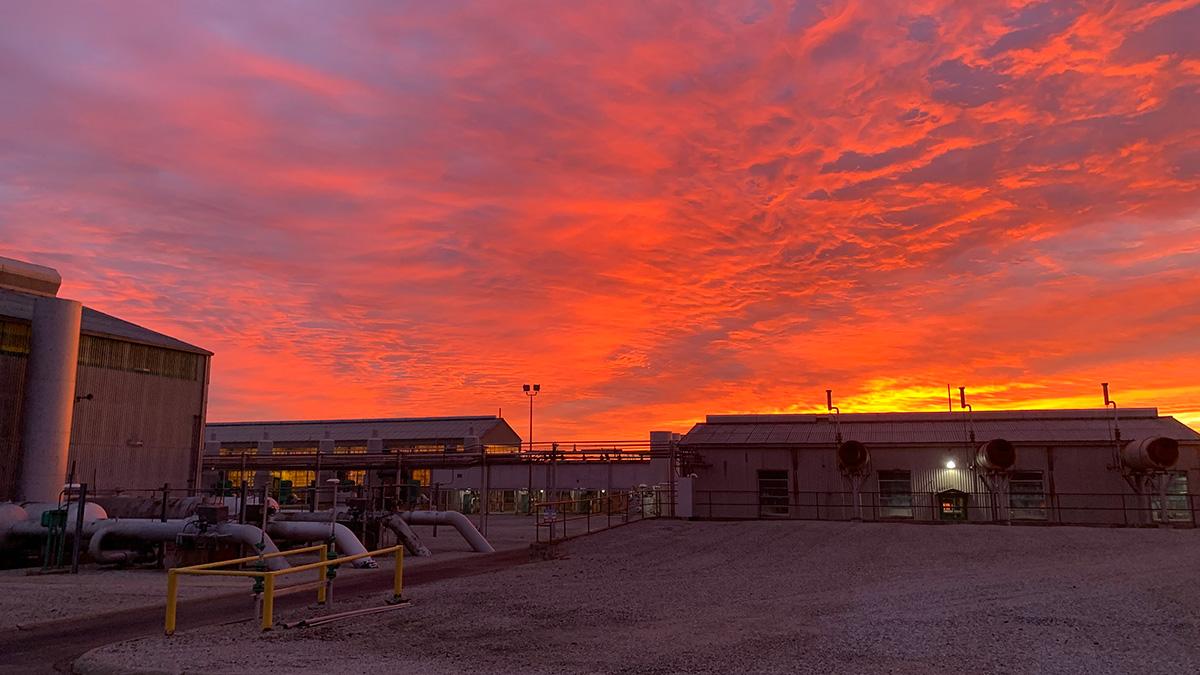Seven more reasons to love natural gas!
Last updated on
It’s affordable, abundant and reliable, but did you know natural gas goes beyond serving as a heating and power source? Find out why natural gas continues to be a great choice for consumers’ wallets, the environment, the energy transition, the industrial sector and public health.
- It’s always been natural
As an organic compound, natural gas comes by its ‘natural’ moniker honestly. Humans discovered natural gas thousands of years ago and one theory is that the first pipeline was constructed in 500 B.C. in China. The belief is that natural gas seeping at the surface was transported via bamboo shoots to be used as a heating source to boil seawater for consumption. Over two thousand years later, in 1785, Britain first used natural gas commercially to light houses and streetlights. Today’s natural gas is processed to remove water, sand and other compounds to burn more cleanly and efficiently. - A high-demand, affordable choice
Canada and the U.S. have abundant natural gas reservoirs that position this energy source to be affordable for years to come. Natural gas’s lower emissions profile, when compared to coal and wood, also makes it a valued commodity as liquified natural gas (LNG) for international customers as a cleaner energy source. Its ability to supplement solar, wind and other intermittent renewable energy sources as a safe and reliable fuel adds to its appeal. - Fueling vehicles with compressed natural gas (CNG)
Natural gas is one of the only fuels that can lower a fleet’s carbon footprint while maintaining affordability and reliability making CNG an emerging, popular alternative fuel for transportation vehicles in North America. And it’s not just transport trucks and buses using CNG; commercially produced CNG engines for medium- and heavy-duty vehicles are also coming onto the market. In the U.S., Walmart and UPS are early CNG adopters, while in Canada, Tourmaline Oil Corp. and California-based Clean Energy Fuels Corp. are building a network of clean fuel stations across Western Canada. - Using energy from waste
Renewable Natural Gas (RNG) is sourced from decomposing organic matter – animal waste, waste from landfills, and wastewater sludge — capturing methane to prevent it from being released into the atmosphere and processing it as a clean energy source. TC Energy has 16 RNG interconnects including the Threemile Canyon Farms partnership that collects biogas from 33,000 dairy cows to be processed and used as RNG. We also have a 3 Rivers Energy partnership that’s leveraging a Jack Daniel’s whiskey distilling process to create RNG at a facility in Lynchburg, TN.

- Natural gas fuels industry and provides a raw material for products
Natural gas is used in various ways to manufacture cosmetics, medicine, synthetic fibers and plastics, including medical products such as acrylic lenses to improve vision for those with cataracts. It’s also key in producing fertilizer; our 3 Rivers Energy partnership includes using RNG to produce liquid fertilizer for local agriculture demand. Natural gas is also a fuel choice for manufacturers who want to lower costs and emissions through Combined Heat and Power (CHP), an efficient process that captures excess heat and steam generated during manufacturing and repurposes it back into the system. - Harnessing hydrogen
Hydrogen energy is considered to have a low emissions profile because when it’s burned, the main byproduct is water. Using natural gas to extract hydrogen is a way to harness this low-emission energy source, which can then be used to generate electricity, heat and power engines, most often via fuel cell technology. - Creating a healthier homefront
When it comes to heating your home, natural gas is a much more environmentally friendly and healthy choice than using wood. That’s because wood releases about 75% more CO2 than natural gas and causes elevated exposure to toxic substances including benzene, formaldehyde and fine soot particles.
